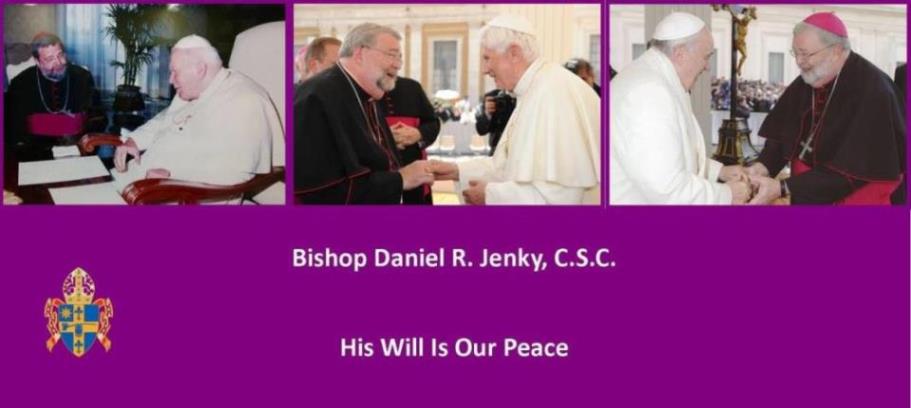It might be well to recall the role of icons and holy images in the liturgy and spirituality of the Catholic Church. When the Word became flesh, the Creator truly entered into creation. In Jesus Christ the Divine image and likeness was fully revealed and restored to humanity. To see Jesus is to see the Father, because Christ is the image, the icon (eikon), the sacrament that makes God present to the world. Through the gift of grace, the Church which is Christ's Body, is also called to be the image, the icon, the sacrament which makes present the Lord's wondrous love and mercy. Therefore it is now not only lawful, but most helpful to honor the glorified humanity of Mary and the saints who are themselves "icons" of the Risen Christ. Their holy images are actually windows into heaven. The icons of Christ, the saints and the angels encourage the Church to perceive a graced reality that is eternal. In the Lord Jesus, what was invisible has become visible and what was corruptible has become incorruptible.
In order to read the incarnational message of holy icons, we must first learn their language, which like the New Testament itself is simple, consistent, direct, and without unneccessary embellishments. Ever line, shape, and color has a very specific meaning. The eyes, for example, are usually drawn large and lively to show the inner intensity of the soul. It has been observed that these holy images are full of eyes because they echo the Gospel words: my eyes have seen your salvation (Luke 2:30). The nose is often long and narrow because the saints inhale the breath of spiritual fragrance (Ephesians 5:2). The mouth is usually small because the saints hunger for nothing that God does not provide. The faces depicted in icons often intentionally look out at the beholder rather than themselves being merely looked upon. When Christ is shown, His outer cloak is usually red to remind us that he assumed our human flesh and blood, while his inner garment is the blue of the heavens indicating His divinity. When Mary is depicted, the colors are normally reversed symbolizing her human cooperation with the Divine. The background of the icons is typically gold signifying the glorious and uncreated light that the transfigured saints experience in the beatitude of heaven. All Christian icons are really tangible prayers that celebrate the great goodness and condescension of our God, who in Christ shared our human nature so that we might share His Divine nature.
